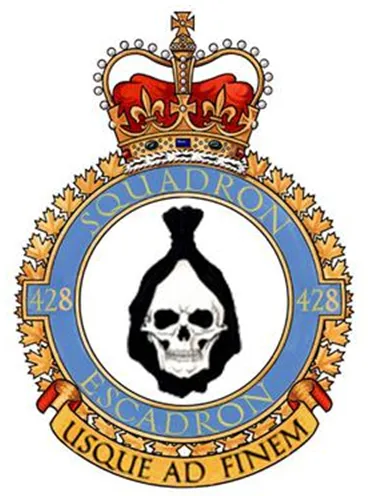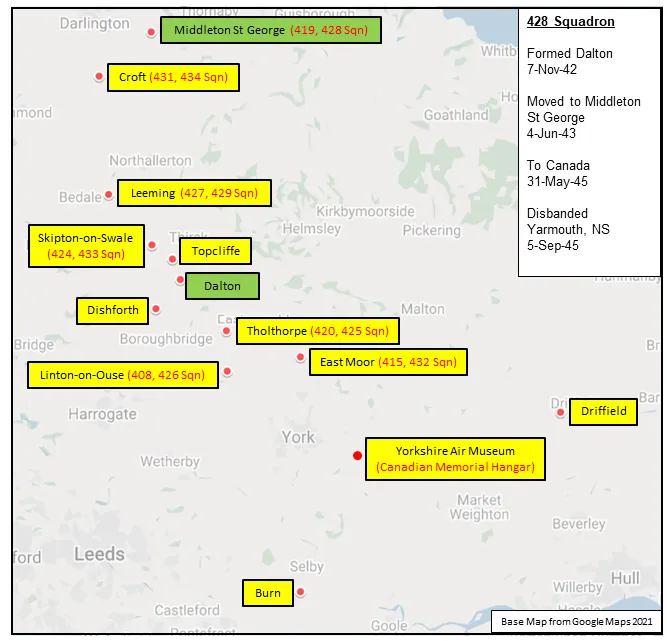Avro Canada CF-100 Canuck Clunk

The Avro Canada CF-100 Canuck (affectionately known as the "Clunk") was a Canadian jet interceptor/fighter in service during the Cold War both in NATO bases in Europe and as part of NORAD. The CF-100 was the only Canadian-designed fighter to enter mass production, serving primarily with the RCAF and the Canadian Armed Forces, and also in small numbers in Belgium. For its day, the CF-100 featured a short takeoff run and high climb rate, making it well suited to its role as an interceptor.
Production consisted of 5 pre-production CF-100 Mk. 2 aircraft, 74 machine gun armed CF-100 Mk. 3 aircraft, 280 CF-100 Mk. 4 aircraft armed with both machine guns and rocket pods, and 331 CF-100 Mk. 5 aircraft armed only with rocket pods. Harold Skaarup web page
CASPIR Aircraft Groups:
RCAF On Strength (692), RCAF 400 Squadron (90), Canadian Aircraft Losses (53)Canuck Mk. 5 18571
Served with No. 409, 410, 416, and 425 Squadrons. With No. 428 Squadron at RCAF Station Uplands, Ontario, coded "HG*571", when it collided at night with 18610 while practicing lights out interceptions at night, near Val D'Or, Quebec on 7 December 1960. Explosion was visible in North Bay, 100 miles away. Flying Officer B.G.P. Leon and Flying Officer J.E. McCarthy killed.
1956-10-22 Taken on Strength 2019-08-20
1960-12-30 Struck off Strength 2022-02-07

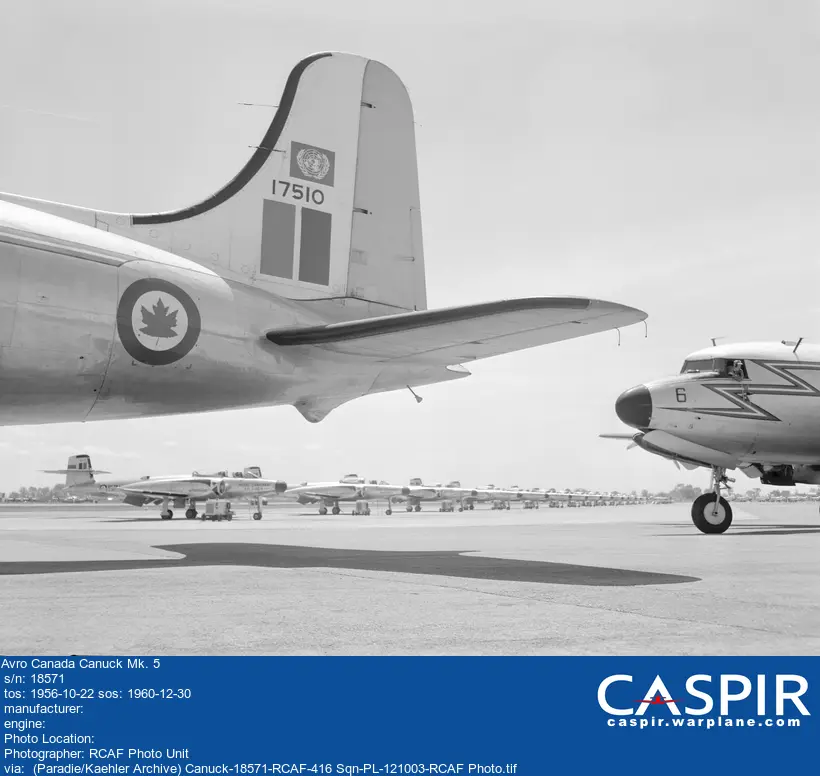
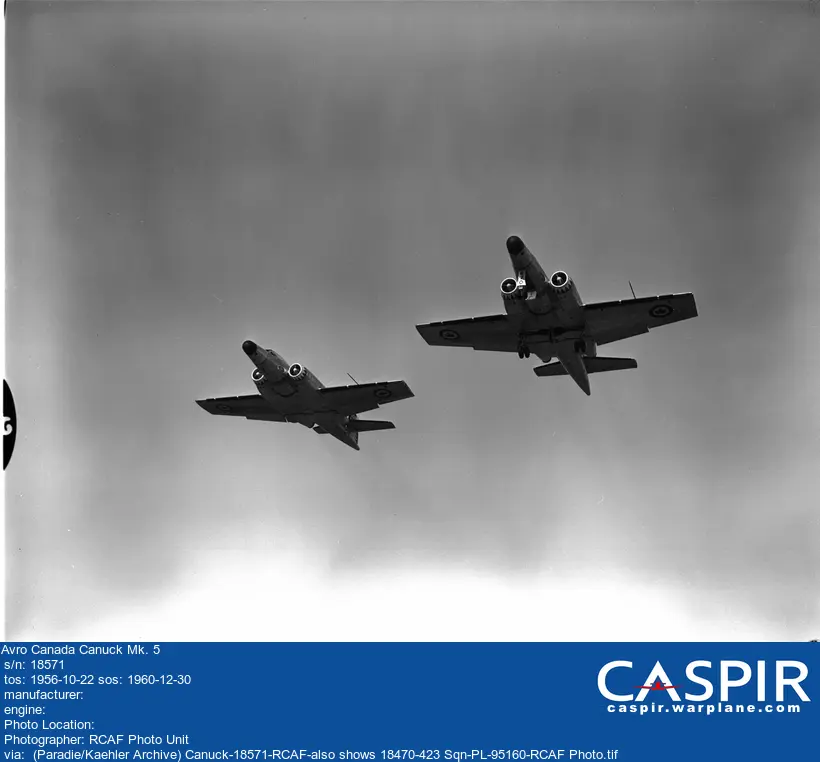



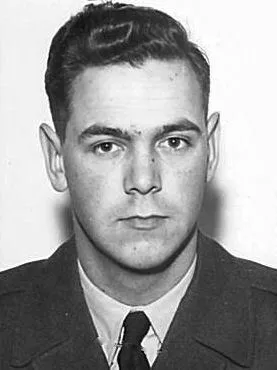

 Canadian Virtual War Memorial
Canadian Virtual War Memorial Halifax, Nova Scotia
Halifax, Nova Scotia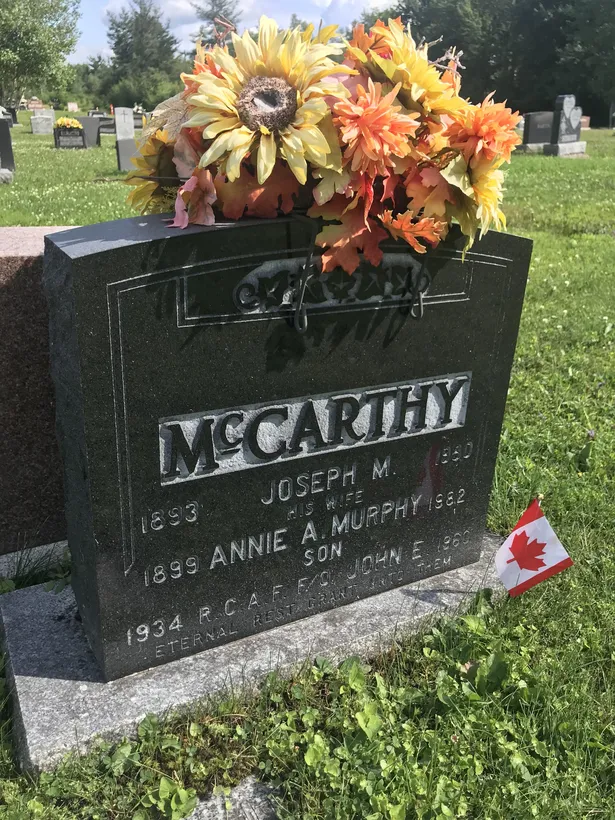
 Avro Canuck CF-100
Avro Canuck CF-100 Wikipedia Avro Canuck
Wikipedia Avro Canuck Harold A Skaarup Web Page
Harold A Skaarup Web Page